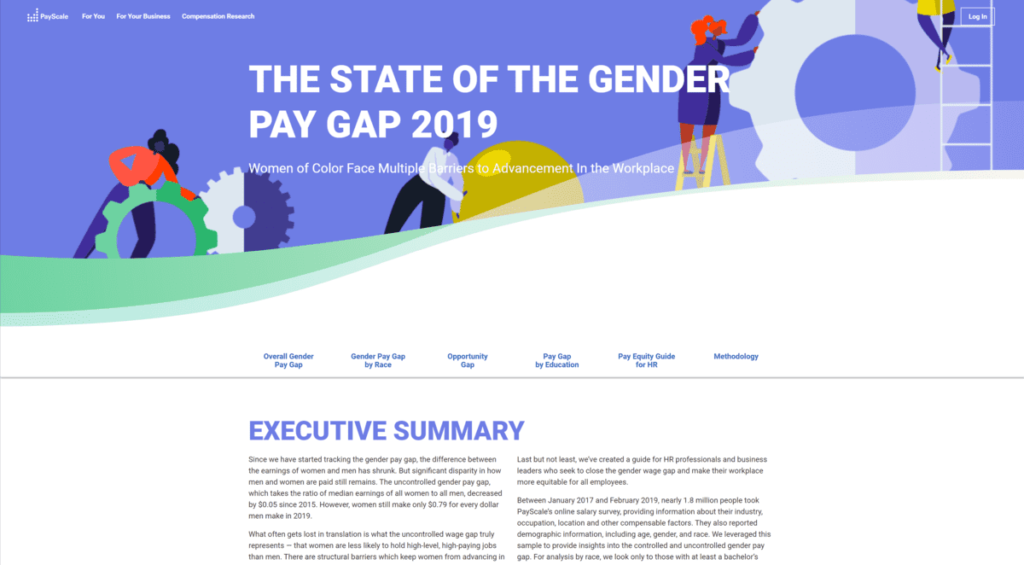What is content marketing?
In 2013, Nabisco won the internet with a single tweet. That year, the Super Bowl famously suffered a power outage. Between the time the lights went out and then were brought back, their Oreo team managed to create a promotional image, write copy, and then tweet it.
Oreo had done its research. Their team understood that viewers would be watching both the game and their smartphones. These multi-taskers retweeted Oreo’s message over 14,000 times. After the game was over, the tweet also generated process stories that kept the story alive. With Super Bowl ad inventory being limited and expensive, this back-door approach made waves by pushing content on an unpaid social channel.
Oreo used content — the copy and image of the tweet — to market their product. They made a strategic decision to go after Twitter. Then they managed their resources so their team could react in real-time. These activities are the core of content marketing.
Content marketing definition
Content marketing is the discipline responsible for achieving marketing goals through content creation and distribution. It is content strategy, applied to marketing.
That means content marketing campaigns may or may not directly promote a brand. You choose brand positioning that serves the marketing objective.
What do content marketers do?
The content marketer takes a marketing objective and designs a content marketing campaign that will achieve the goal. That leads to a wide variety of day-to-day activities. The mix of activities will vary for each company and practitioner.
Business analysis
Content marketers need to be able to translate marketing objectives into campaigns. They must also understand the success of their campaigns. For those hoping to lead content marketing teams, business and financial literacy will be helpful.
Audience research
The choice of distribution channel informs how you approach your audience and vice versa. For instance, to evaluate a campaign on social media, you might start by identifying influencers that your audience follows. For a thought leadership campaign, you could interview your most valuable customers.
Ideation
When you’ve identified your marketing objective and targeted audience, you have to come up with a campaign that will bring them together. Brainstorming, competitive analysis, and design thinking can help you iterate through campaign concepts.
Relationship management
Content marketing opens up channels where you don’t have a preexisting audience. Press coverage, sponsored content, and influencer marketing unlock vast audiences. To take advantage of publisher or influencer audiences, you’ll need to be able to work with these groups.
Copywriting, editing, designing
As a campaign manager, you may also need execution skills. For a thought leadership campaign, you may need to write (or ghostwrite) articles reflecting the domain expertise of your company. For social media, you may need to design promotional images. It all depends on your campaign and your team.
Project management
Successful content marketing relies on your ability to coordinate. That’s because a campaign can depend on multiple organizations when you include every supporting figure.
How to design a content marketing campaign
For a complete write-up on content marketing execution, see our comprehensive Content Marketing Guide.
Every content marketing campaign will be different. These steps will move you from marketing objective to published content:
- Understand your marketing objective. Do you need to increase brand recognition? Customer loyalty? Or pull in potential purchasers to buy specific products?
- Understand your audience. Does your brand already command an audience? Do you need to leverage someone else’s brand (a social influencer, maybe)?
- Define goals and metrics. If you can, identify the one thing you need to accomplish to consider the project a success. Ideally, no more than three to five goals should be associated with a campaign.
- Ideate. What content supports your objectives? What will be compatible with channels where your audience is active?
- Prototype. Put your content in front of the audience. At first, that might even be your team members. How do they react?
- Iterate. When your audience interacts with your content, observe. Then improve. The more times you feed these observations back into your content, the more likely it is that you’ll meet the needs of your audience.
- Publish. You’ve learned what works. Now, execute your plan. And keep learning and observing!
Common content marketing strategies
Thought leadership
The thought leadership campaign produces content that makes the reader feel like the smartest person in the room.
Say you work at a software engineering firm that sells to CTOs. Thought leadership could be publishing your outlook on the future of technologies. When the board meets with this CEO and asks about adopting some new practice, the CTO recalls what they learned from your company.
Social awareness
By leveraging your audience’s interest in social welfare, you can dramatically expand your audience while also making or strengthening positive associations with your brand.
Payscale’s Gender Pay Gap page does this. Pay equity gets a lot of attention. The report achieves a marketing objective for Payscale because it associates the brand with employee compensation. It also leverages Payscale’s proprietary data, meaning competitors will find it difficult to reproduce.

E-commerce inspiration boards
In fashion, curation is creativity. A brand can pull together products to create an inspiration board. Their team creates this content once, and then they distribute it through various channels — the blog, social media, or email blasts.
Buyers find Nordstrom Looks useful, for instance, even though they are transparently created to sell Nordstrom products.

Lifestyle marketing
The lifestyle campaign is about identity. Who is our audience? How do they see themselves? How can we support that identity and integrate ourselves into it?
Consider the Red Bulletin. This news site by Red Bull focuses on topics their demographic is most interested in — extreme sports, music, and video games.

Influencer marketing
Sometimes your company doesn’t have a preexisting connection with your target audience, and someone else does. If these folks are on social media, an influencer marketing program can leverage these other audiences and add them to your own.
The company commissions content from the influencers they partner with. They pay for access to the influencer’s audience. That’s valuable, especially if that audience doesn’t (yet) overlap with your own.
Further reading
- What is Content Strategy?
- Content Audit Template.
- Content Marketing Guide. Brainlabs’ guide to many of the practices described in this article.
- Tone-of-Voice Guide. Our guide to defining a brand tone-of-voice.




